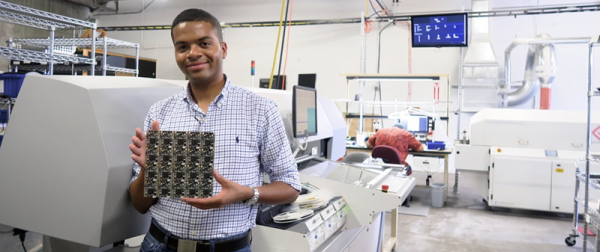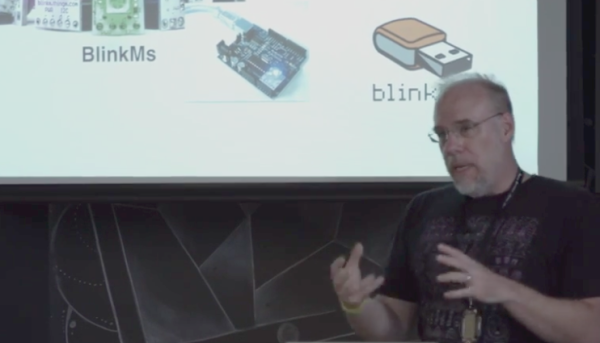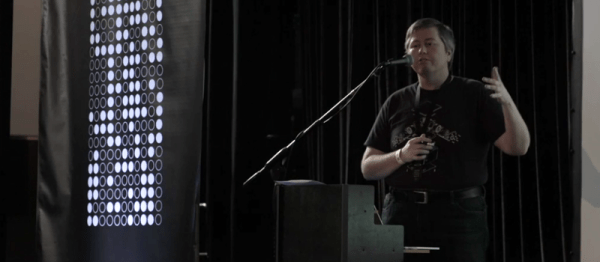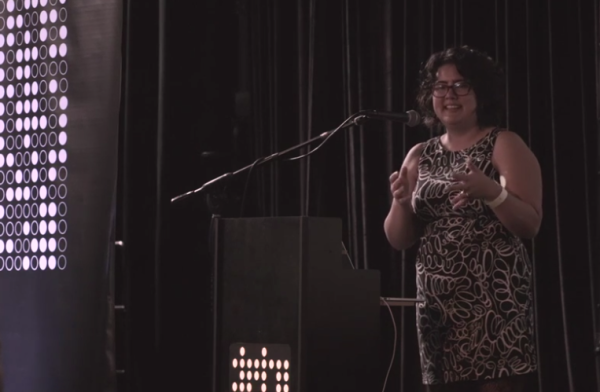Robots are the ‘it’ thing right now, computer vision is a hot topic, and microcontrollers have never been faster. These facts lead inexorably to the OpenMV, an embedded computer vision module that bills itself as the ‘Arduino of Machine Vision.’
The original OpenMV was an entry for the first Hackaday Prize, and since then the project has had a lot of success. There are tons of followers, plenty of users, and the project even had a successful Kickstarter. That last bit of info is fairly contentious — while the Kickstarter did meet the minimum funding level, there were a lot of problems bringing this very cool product to market. Issues with suppliers and community management were the biggest problems, but the team behind OpenMV eventually pulled it off.
At the 2016 Hackaday SuperConference, Kwabena Agyeman, one of the project leads for the OpenMV, told the story about bringing the OpenMV to market:

















